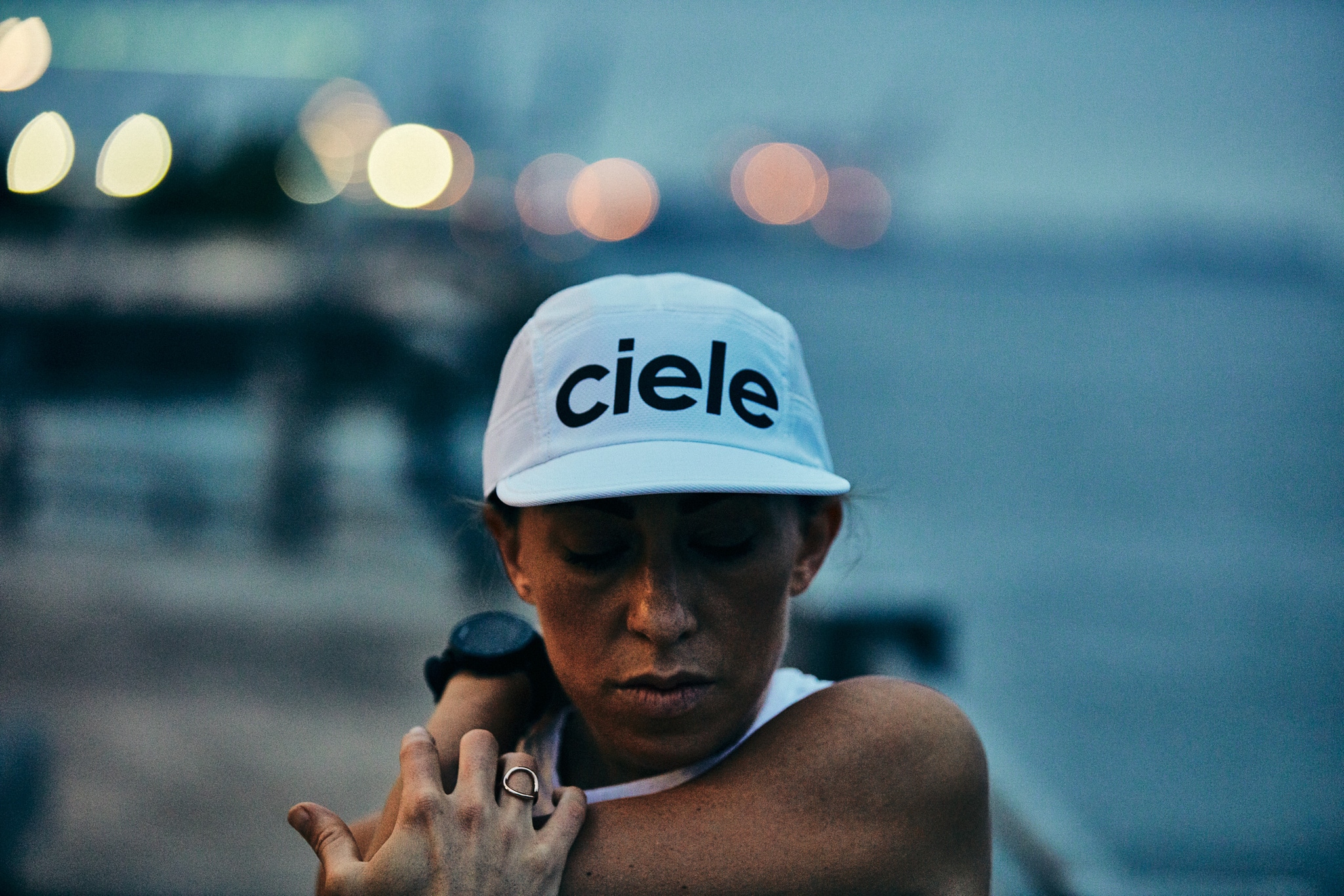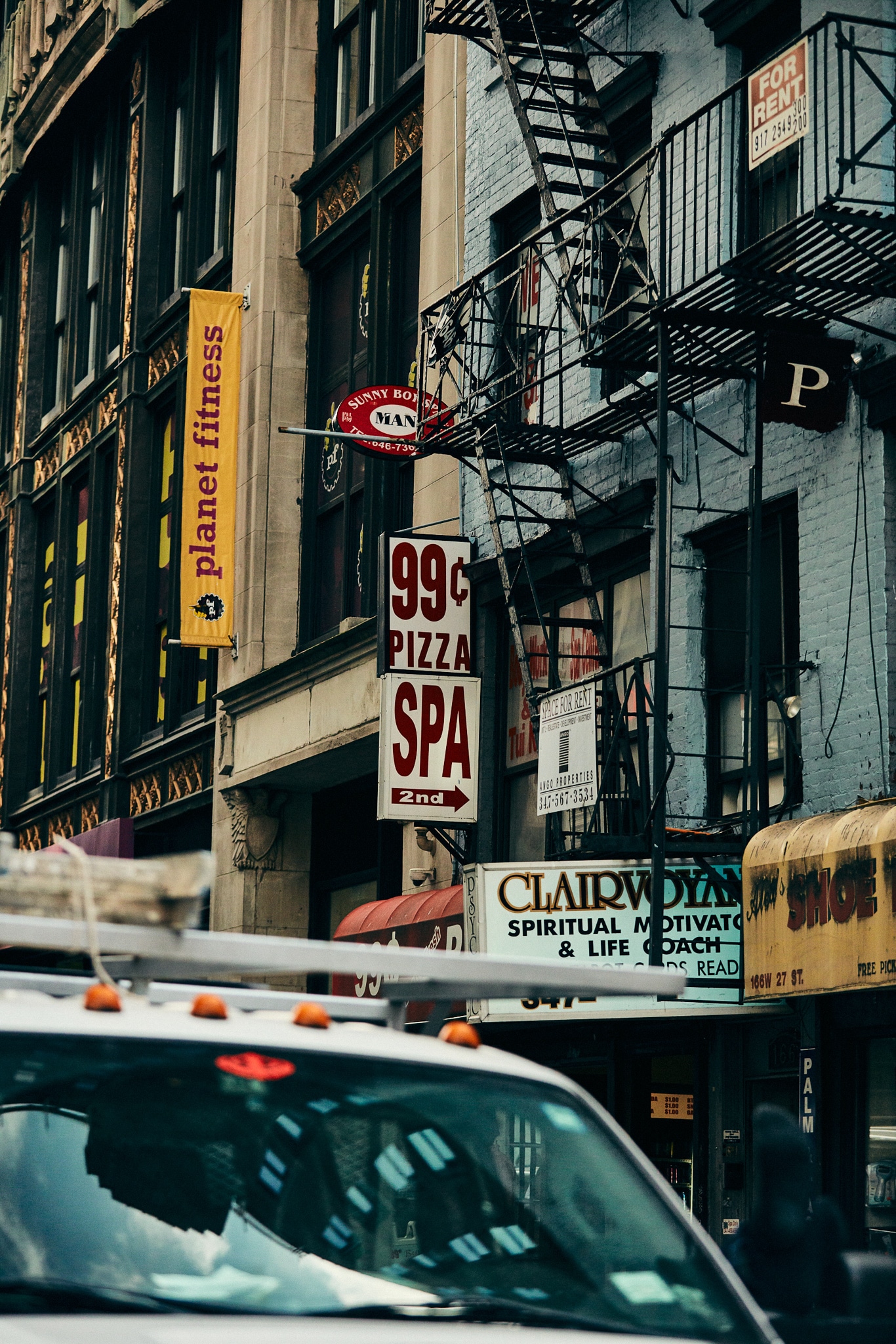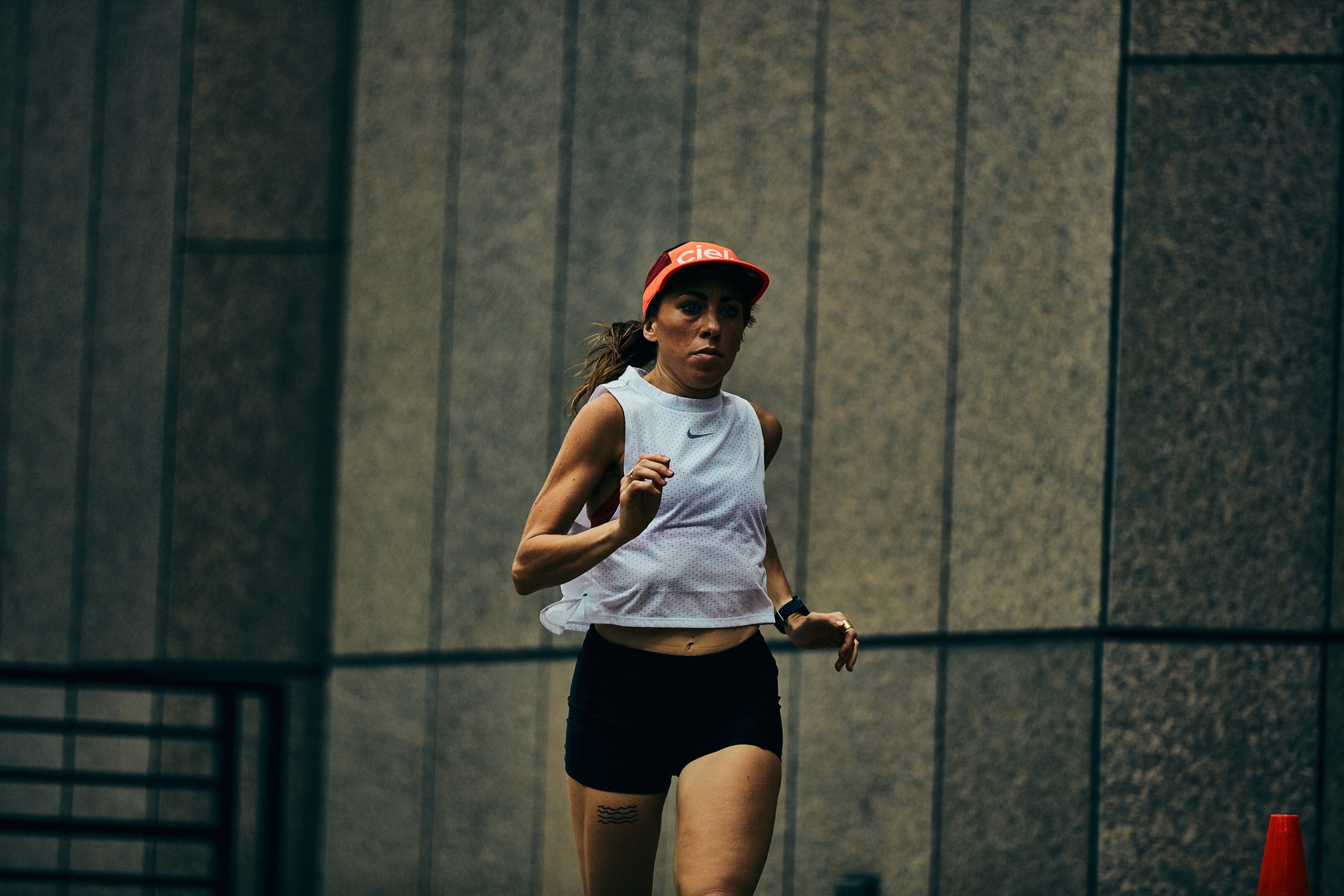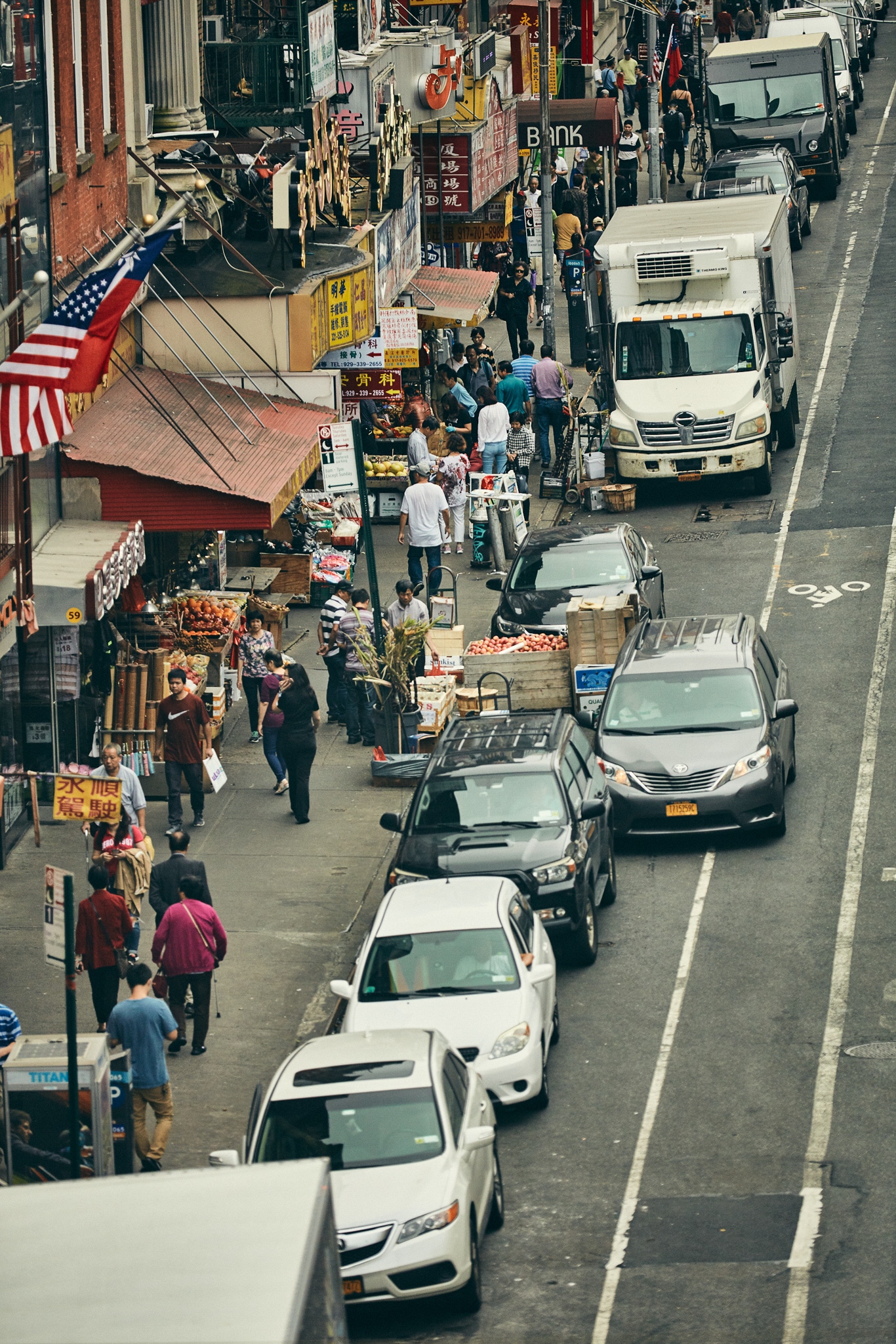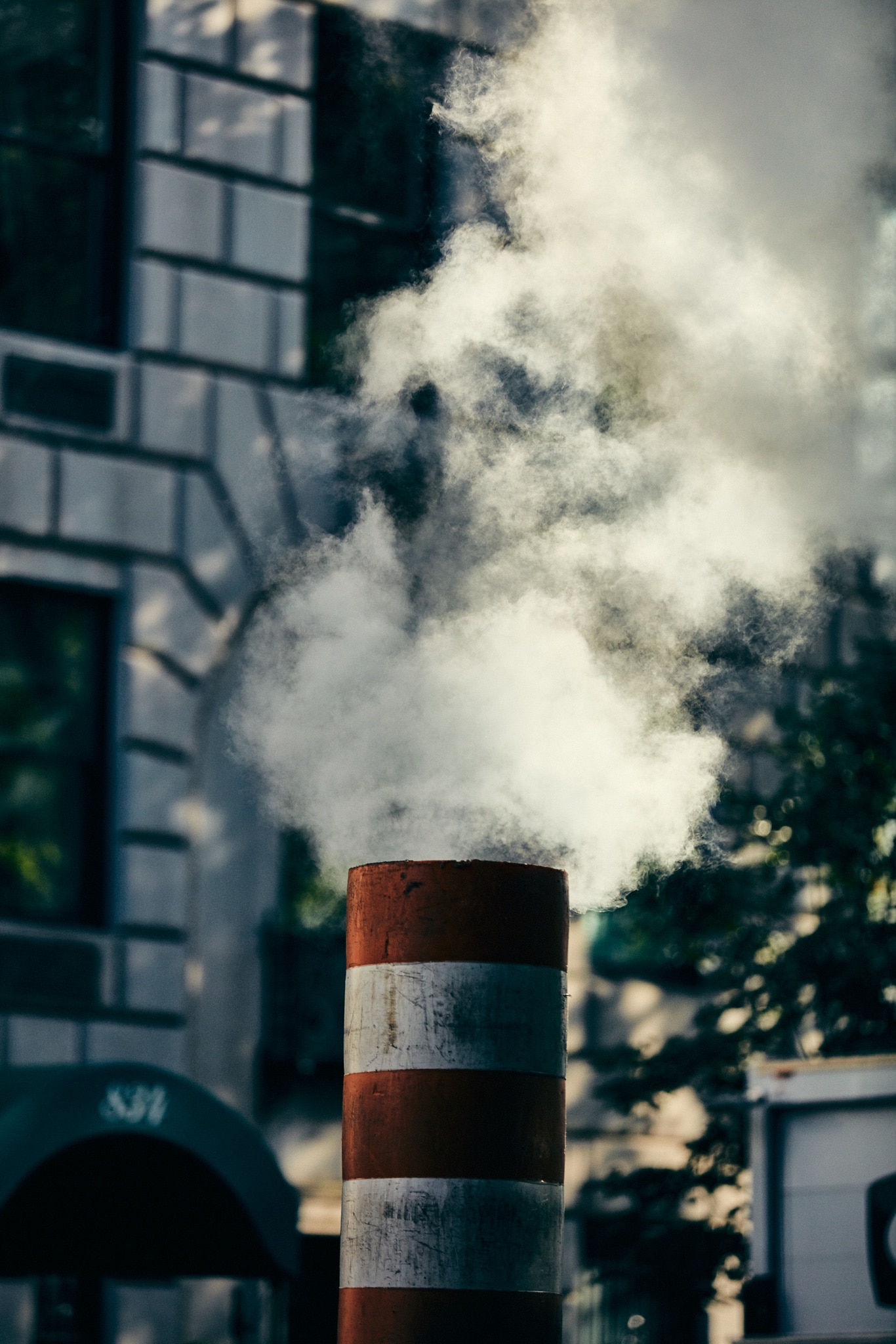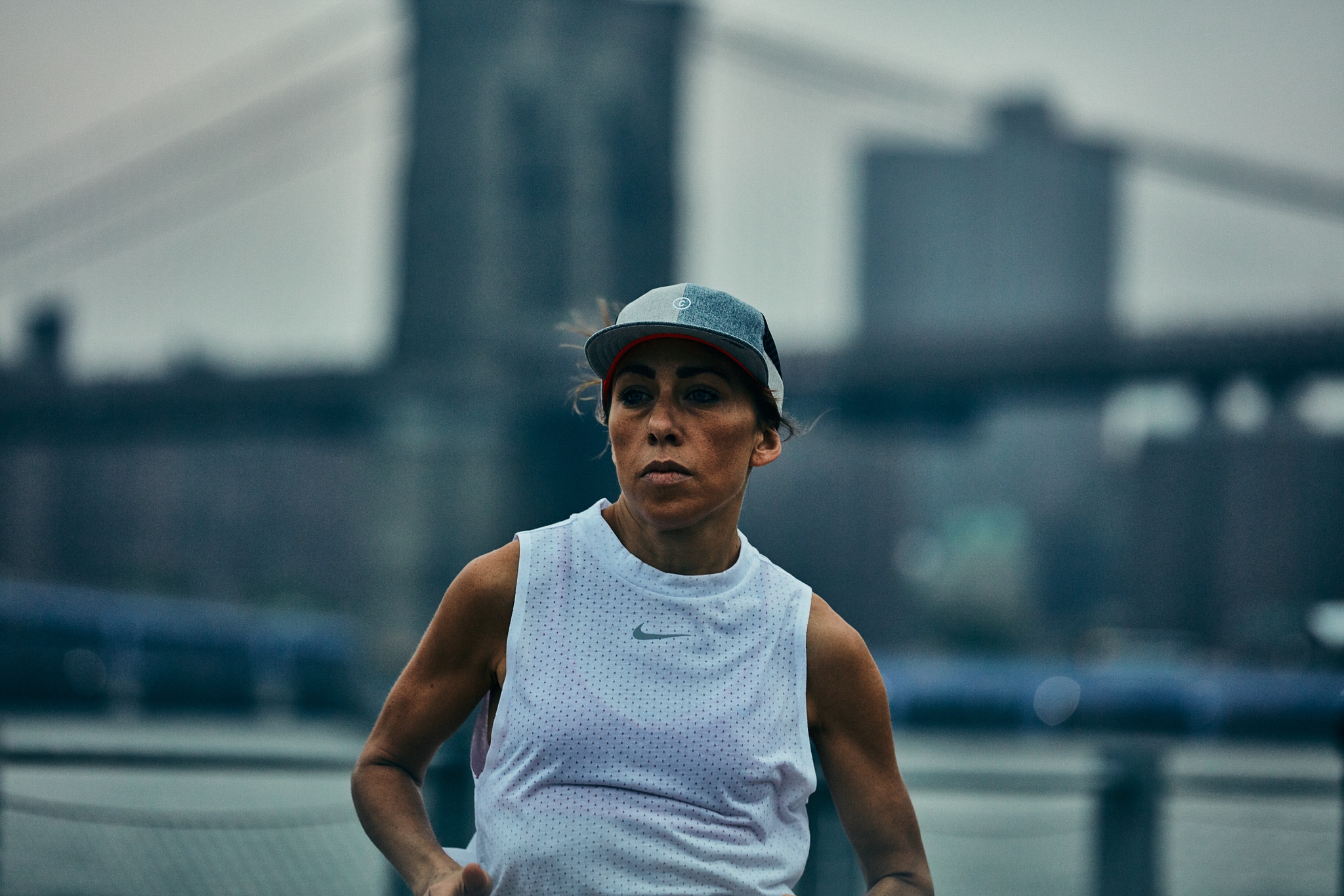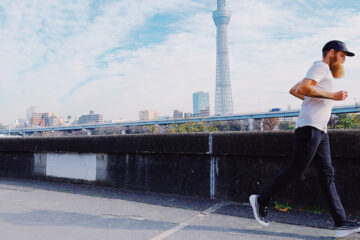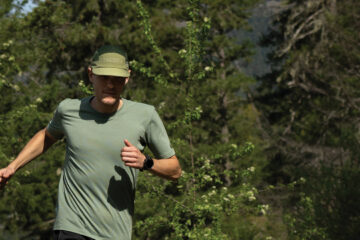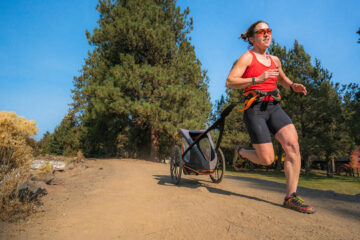Interview by: Andrew Jamieson
Images by : Geoffrey Knott
Andrew: What’s up?
Darcy:
Hey! Well right now I just got back to New York. I’ve been traveling a lot for my day job. Other than that, I’ve got a few things coming up with Take the Bridge that I’m working on. Nothing that I can announce quite yet.
Andrew: Exciting stuff! So, Darcy I wanted to start at the beginning. Although I think a lot of people know how you started getting into running with the New York Harriers. Could you run us through your background? I was also wondering if you’ve seen any changes with the New York running scene since those days?
Darcy:
The New York Harriers were the first run team that I was a part of. They’re more of a traditional running team, they run in all the NYRR races. It’s definitely a lot of type A people that have your standard jobs in New York; doctors, lawyers, people in the financial sector. They meet in the mornings and evenings in Central Park. I was on the team for seven or eight years. The last two years I was on the team I was the club president.
Towards the end of my Presidency I started getting really bored of the NYRR races. NYRR is a fantastic organization for people who are new to running or people that want a really well-organized race. Something set up in a standard 5 or 10k format. But they always end up having thousands and thousands of people running their races and it ends up being so crowded. And you feel like one of so many people. To me, it doesn’t feel personal, because you get lost in the crowd. Plus, about 75% of their races are essentially a loop around the central park. And so, you’re doing your training in the park, racing in the park, to be honest I almost never go racing in the park anymore.
So, right as I was getting antsy about our standard race options, I found out about the Red Hook Crit 5k. It was the first year that they were letting runners onto the course before the bikers went on. This was the first time I was exposed to these types of smaller, more intimate races. It was a lot more aggressive. You toe the line scared as shit because there are so many fast people and it’s such a small field. I loved it so much.
Right after that David Trimble from the Red Hook Crit partnered with Joe Dinoto from OSR to create the Midnight Half. It was the very first year and lots of people from the Red Hook Crit 5K were running so I signed up for it. An hour before the race I’m still plotting out my route, because that race is just a bunch of checkpoints and there is no set course. For that race they had a “prime”, which originated in a bike races. It’s a prize for whoever gets to the first checkpoint first. I ended up winning the prime and coming in 2nd overall for the entire race. And that race completely shifted the paradigm and made me rethink racing. I remember running that race and constantly thinking about different variables like what street I should turn down. Should I follow the first in front of me, or stick to my route? Should I take this hill which is shorter but steeper or this one which is longer but not as steep? Anyways, those two races completely changed my outlook and made me rethink what a road race could be.
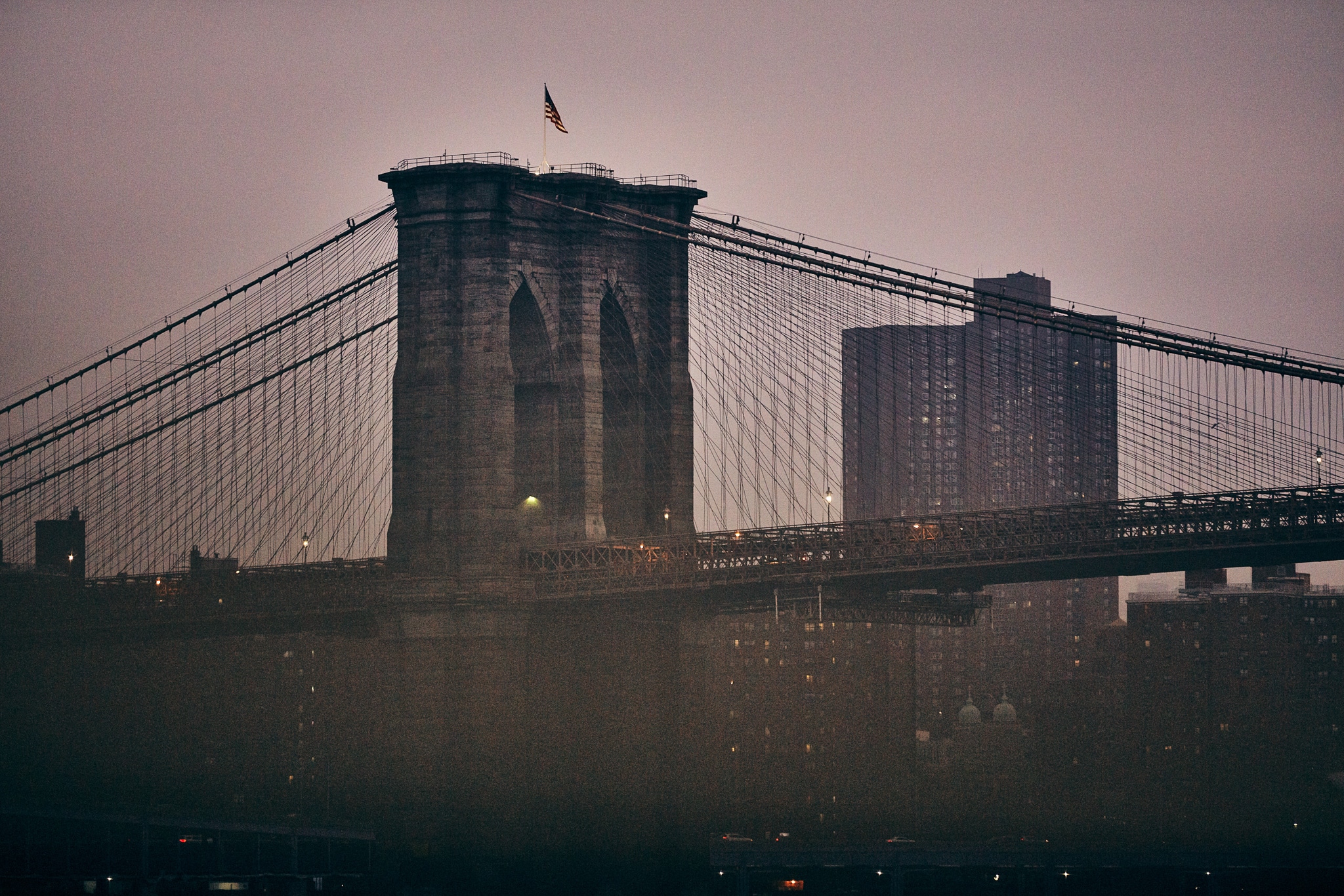
It helped me evolve as a runner. I ended up leaving the Harriers after my Presidency was over, and instead started running with a lot of different people and crews. To this day I’ve been someone who runs with a variety of different crews in the city.
But to answer your question, when I first left New York Harriers, Black Roses and Bridge Runners were sort of the only crews. And now there are so many crews in the city, it’s crazy. Now if you get 5 people running together they end up calling themselves a crew. It’s gotten to the point where it’s sort of over saturated, not that that’s a bad thing. It’s just made the scene even more vibrant.
Andrew: Having travelled to a few other places with Take The Bridge, can you tell me about how you’re seeing the crew space take off in places outside of New York?
Darcy:
I get to spend a lot of time with crew outside of New York. I’m definitely seeing a lot of similarities to what happened in NYC in other cities. Toronto for example, the Parkdale Road Runners are doing something pretty special. First off, the neighbourhood is super cool, and they literally just run through Parkdale exclusively. They’ve really made the neighbourhood their own, inviting everybody within the neighbourhood to be a part of their crew. That’s something I saw in New York a lot in the beginning. People owning the fact that maybe their neighbourhood isn’t a conventional place you’d expect to find runners. But there is so much diversity in these places that you end up with ragtag crews that create something special. They end up really embracing the idea of a neighbourhood being a community.
Andrew: I know you mentioned you can’t tell us a whole lot. But I’ll try anyways, what’s on the docket for Take The Bridge in 2019?
Darcy:
Right now, I’ve got a bucket list of cities I want to go to as well as a list of cities we’ve been to that I want to return to. I’m reaching out to partners and sponsor opportunities and trying to line things up well ahead of time. In the past, a brand would come to me and say they want to do a race and I would plan it and it would only give people a two or three weeks head up. It can be hard to travel for that. So, what I’m trying to do is plan things out earlier in the year so people have time to travel to our events. For example, if people from our community in New York are down to travel to one of our out of city events I’d love to be able to organize the rental of a big Airbnb (or two) so they can all race and hang out together.
I’m also hoping to organize more meaningful afterparties. That’s where we see a lot of the camaraderie that exists at these races comes to life. I think a little extra planning will go a long way in that aspect of things. I guess that’s my goal for TTB this year, more out of city races, and better afterparties. Ha!
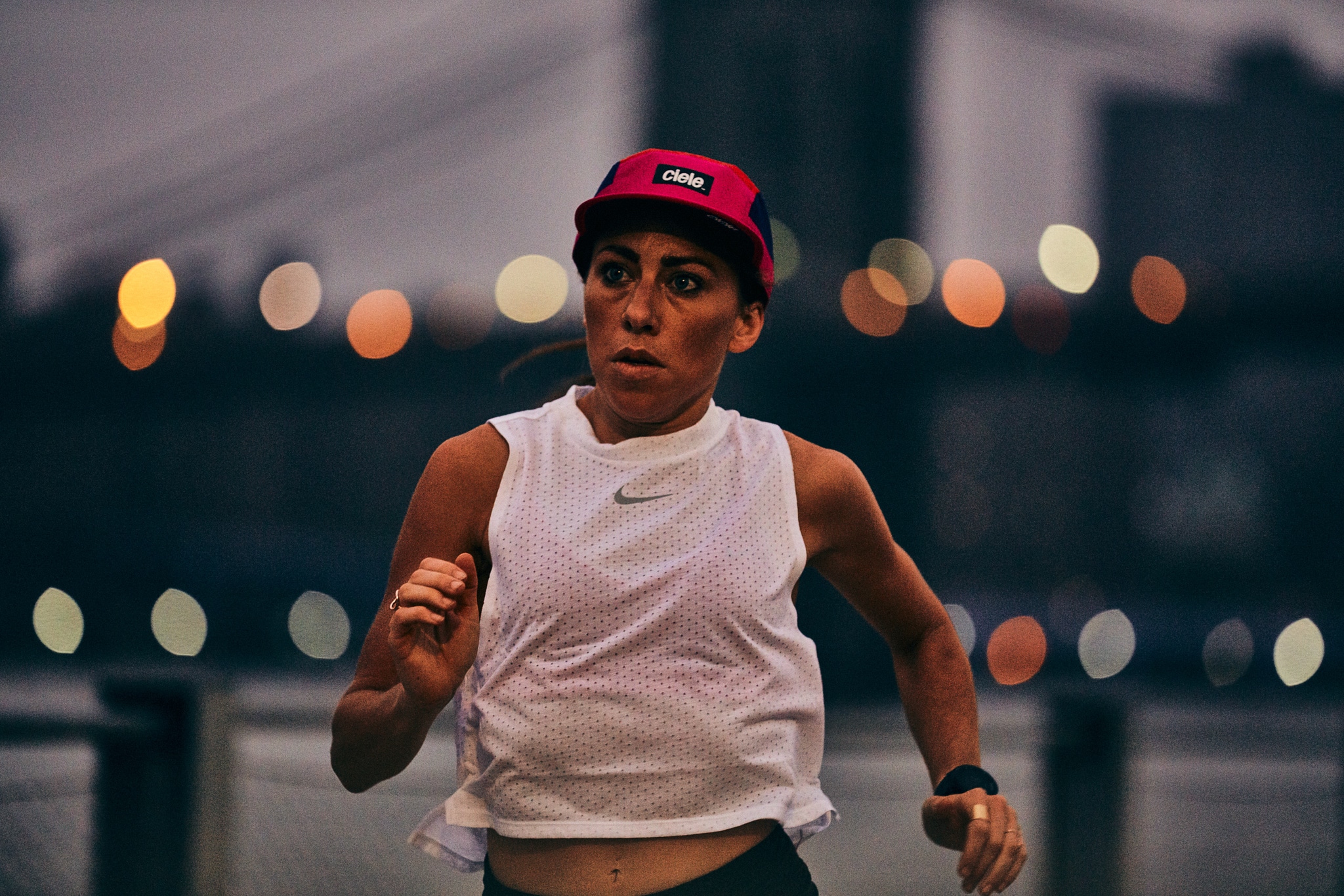
Andrew: And how about the Summer Series?
Darcy:
The Summer Series will always be the staple of Take The Bridge, without a question. Our volunteers really do a good job of taking over responsibilities related to organizing. My hope is that by taking on more cities I’m going to have less time to spend on the races in New York. And I’m okay with that, because our volunteers have done such a good job that these events run like a well-oiled machine. It is really incredible, but it’s also always been this way. Although you might see me moving the ball forward, the reality is I’ve got a small army of amazing people helping make this happen. They’ve taken so much of the load off of me so that now I can comfortably focus more on the other of races.
Andrew: Speaking of taking the burden off of your shoulders, anyone who follows you on social media is aware of the fact that you’re bouncing between cities with work, training, organizing events. I guess my question is, how do you find time to do all of this? What’s your secret?
Darcy:
Well I guess I might just be your typical workaholic. I don’t necessarily like to admit it, but I like to work. I’m never really satisfied. I feel like things can always be improved upon and I’m always looking to make things a little better. You know I really do think that it’s about maximizing your time and working smart. I try and be as efficient as possible, so I can get things done well quickly. And also, really leverage my connections with the community. I lean on a lot of other people to help me get shit done.
Andrew: What run scenes outside of New York get you most excited.
Darcy:
Honestly there are just so many. What I’ve noticed is that some of the people that participate in our races out of city, call me up and ask “Hey can you give me advice on how to run my own race”. And as a result, I see them starting their own thing and I find that so inspiring. Sure I might be giving them advice, but the reality is they’re the ones giving me inspiration.
Andrew: It’s funny you say that. I was just speaking to Noel Velasco with Good Vibes Track Club in Los Angeles and he mentioned he picked Joe Dinoto’s brain for one of his upcoming events. It’s so cool to see crews reach out to each other from so far away. I guess social media makes reaching out a lot easier.
Darcy:
Yeah, I also think a lot of these people are much more accessible and approachable than you realize. I’m all in favor of this. If somebody wants to call and ask me like 15 questions and whatever about organizing a race, if they’re within our community and they’re supporting our sport I’m more than happy to give them advice. What’s funny is I’m realizing the more you help someone else out in our community, the more others will support you. It’s a real pay it forward attitude it feels like a big family.
But the best advice I can give is if you want to start something, start it. All you’re going to do is advance the running community and you’re going to give everybody else inspiration and that’s just the thing that keeps the sports evolving and moving forward.
Andrew: Let’s talk about your personal running goals for 2019. Do you have any races coming up?
Darcy:
I’m training for The Speed Project, it’s my second time doing it. I’m nursing a strained hamstring at the moment but I’m recovering from it. I’m running slower than I’d like to and I’m having trouble getting good workouts in. Because of that, what I’m trying to do is figure out the right mileage. I’m trying to be super smart about how I train for this because right after The Speed Project I’m going to start training for the Berlin marathon. I’ve said for the last couple of years that I am done with marathons and so I’m really counting on Berlin being my last hurrah, my last marathon. I really want to train well so I can make that one memorable.
Andrew: On that beat, how do you deal with injury? What brings you back time and time again? It seems like you’ve had a few back to back now.
Darcy:
You know what’s so funny is that I have been running for maybe eleven or twelve years now. For so many years I was healthy, and it wasn’t until about 2 years ago that I started getting injured. So, I just think that the community has only ever seen me injured. But yeah for some reason I’ve had a few recently.
In terms of why I keep coming back, I’m going to be brutally honest with you. Having suffered from things like depression and anxiety, running is often the one thing that makes me happy. It’s often like if I’m not running I can feel it immediately affect my mood. Being active keeps me mentally healthy. So, if I’m not running you’ll see that I’m doing anything else that can keep my heart rate up.
I’ll tell you a story. My mom was always very active, she taught aerobics and speed walking (yes that is a thing). One day she came by and spoke at our middle school. I remember she told us that she worked out every single day and if she didn’t work out for a day she felt a feeling similar to when you don’t brush your teeth. You know and it’s like it just doesn’t feel right. At the time I thought she was so crazy and now I said to her the other day, I totally get it now. I get that same feeling.
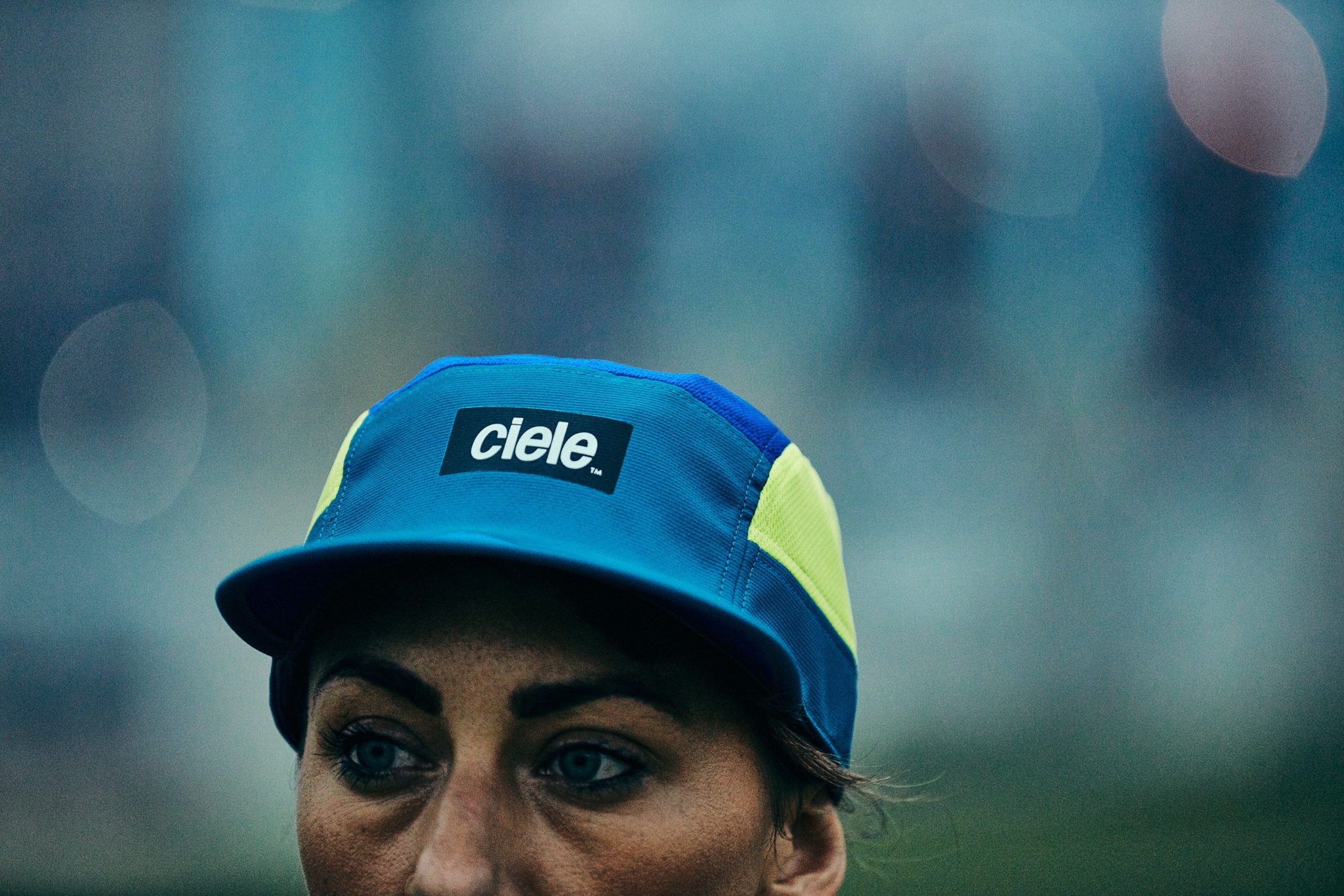
What I often notice is that when I think that I might never run again, that’s when my injuries tend to get better. That’s why I just keep fighting through it, slowly, one step at a time. I have to have faith that if I just keep putting in the hard work then eventually I’ll be back running again.
Andrew: Sierra Asplundh has requested this question. She’d like to know, being that you publicize your love for matcha and apple cider vinegar. 1. Can you give us pro tips on how to drink matcha? 2. What is the deal with Apple Cider Vinegar?
Darcy:
Oh my goodness. OK. I’ll start with the apple cider vinegar. It actually started when I was on the Speed Project with Strava. Paul Leek and Matthew Powers were our crew members and they were drinking this stuff in the mornings. And so, afterwards as we’re cleaning up the RV they still had some left. So, we all took a shot together. Paul Leak, Matt Powers, Me, and Peter Bromka!
Andrew: It’s awful by the way, I’ve taken a shot of it a few times. Terrible.
Darcy:
Yeah, the thing is I don’t drink it straight up. I’ve made my own recipe and it pretty great. I find this just settles my stomach in the morning and resets my digestive system.
Andrew: So, what’s the recipe?
Darcy:
About once a week I make a big thing of juice. The juice is made up of cayenne pepper, turmeric, and lots of lemon and ginger. Four ounces of juice, four ounces of water, two tablespoons of ACV.
Andrew: Right on. And what’s the go to advice if I want to get into drinking matcha?
Darcy:
Matcha can be so hard to get into, because it’s expensive and can be complicated. You see people with their fancy wooden whisks. They do the whole ceremony of whisking the matcha with hot water. I have a lot of respect for anybody that can sit there and do that. I am not one of those people.
Matcha doesn’t have to be complicated. I buy my matcha mix from vital protein, it has collagen in there as well, and mixes really easily. That option is just so great because I don’t have to be fussy with the water temperature. I just toss it in my thermos, add water or coconut milk, shake it and I’m on my way.
Andrew: What’s the most exciting thing you’re seeing right now in the New York run scene.
Darcy:
I think Jeanne Mack is who I’m most excited for. Just everything about her, including the Runners of NYC Podcast she’s hosting with Chris Chavez.
Andrew: Part of me was dreading to hear her name. Because we’re already obviously tremendous fans of her writing. We don’t want to seem like she’s all we talk about.
Darcy:
She is probably the fastest girl on the running scene right now in New York, at least in the unsanctioned race scene. And at the same time she is just so humble and so inspirational. I get a lot of inspiration from her lately and I think that she’s only going to continue helping our running community here, especially with the podcast.
Andrew: What make it so special?
Darcy:
It’s set up in such a genuine way. It really showcases how the running community in New York is a collaborative process. The talks she is having with her guests are basically the same types of conversations I have on a regular basis with people in our community, and when I go to new cities. And now it’s like this amazing thing that I enjoy is open to everybody to hear and that’s incredible. We have so many great people in our running community here in New York and to be able to have this podcast where you can find out where these people came from, or how they built these running communities from nothing that are now these huge operations. Things that took years and years and years to create, and now we get a platform where we can hear all of this. Anyways I can go on.
Andrew: Same. Well listen that’s all the questions I have. Thanks so much for taking the time!
Darcy:
No thank you! This was fun.


